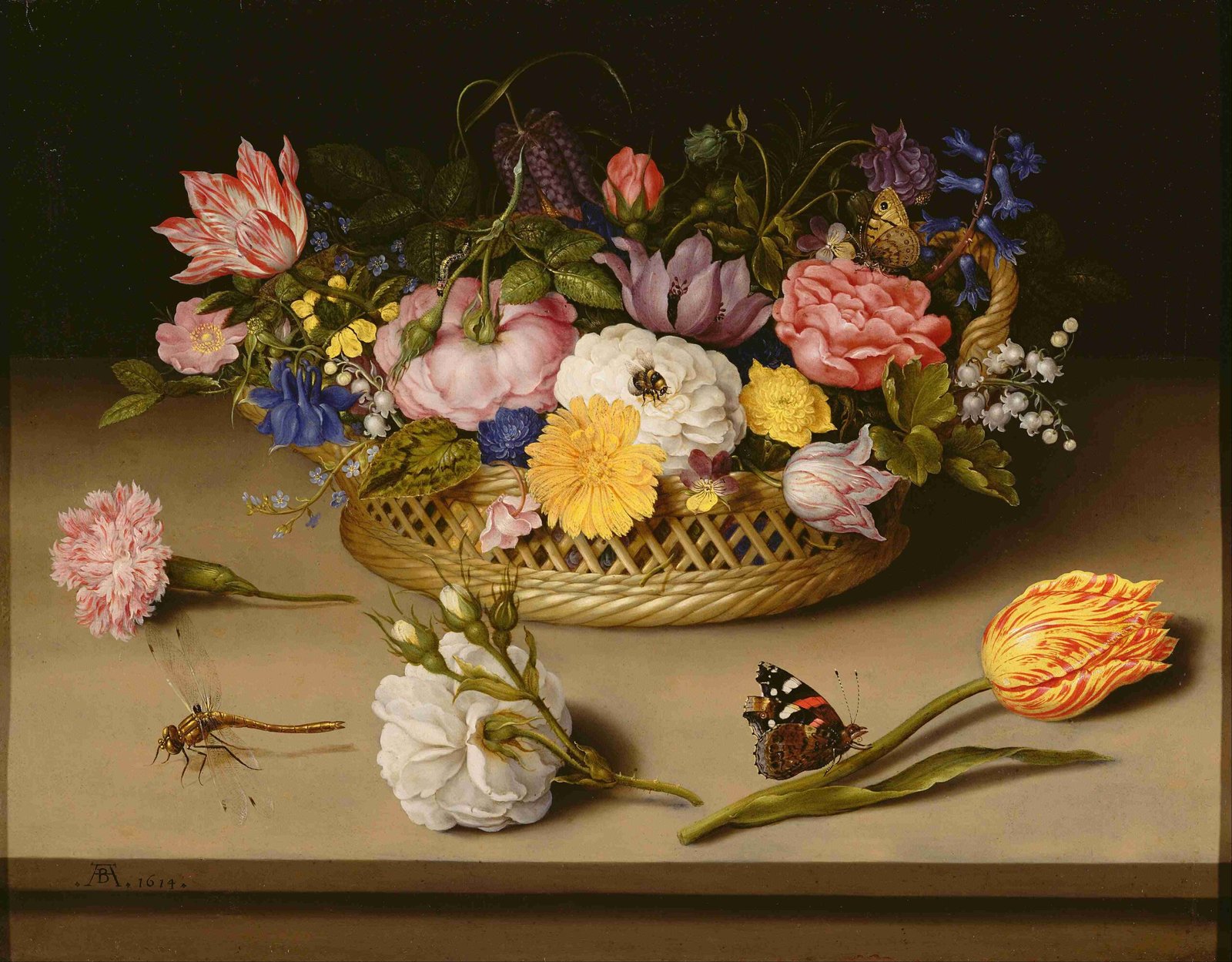What Causes Fungus on Roses?

Roses are susceptible to various fungal diseases, such as black spot and powdery mildew, which can cause unsightly damage to the plant’s foliage and overall health. These fungal infections thrive in specific environmental conditions, such as cool, moist weather and poor air circulation.
How to Manage and Eliminate Fungal Infections on Roses

To effectively manage and eliminate fungal infections on roses, you need to combine fungicide treatments, organic alternatives, and cultural practices. Here’s a comprehensive guide on how to tackle this issue:
Fungicide Treatments
Chemical Fungicides
- Active Ingredients and Brand Names:
- Chlorothalonil (Daconil®): Effective against black spot and other fungal diseases. Apply every 7-14 days or as directed by the label[3][4].
- Mancozeb: A multi-site fungicide effective against a wide range of fungal diseases, including black spot and powdery mildew. Apply every 5-7 days as needed[1][4].
- Copper: Used in various products and is effective against black spot and other fungal diseases. Follow the label instructions for application rates[2][4].
- Sulfur: Another option for controlling black spot and powdery mildew. Apply according to the label instructions, usually every 7-14 days[2][4].
Application Rates and Timing
- Start preventive treatments at “bud break” in early spring, when the small buds along rose canes begin to swell and come out of dormancy. Treat every 7-14 days or as long as weather conditions favor the disease[3].
- For active infections, treat immediately and continue every 7-14 days. Reapply after heavy rain or overhead watering in excess of 1/4 inch[3][4].
Organic Alternatives
Home Remedies
- Baking Soda: Mix 1 tablespoon of baking soda with a gallon of water, adding a bit of horticultural oil or liquid soap to help it cling to the leaves. This mixture can help reduce the spread of black spot and powdery mildew[2].
- Neem Oil: Effective in suppressing black spot and other fungal diseases. Use neem oil according to the product label instructions, typically as a foliar spray[2].
- Sulfur and Copper: Organic forms of these fungicides are available and can be used as part of an integrated pest management strategy. Ensure the products are OMRI-listed for organic use[2][4].
Other Organic Options
- Liquid Kelp: Spraying rose bushes with liquid kelp can make the leaf cuticle tougher, reducing susceptibility to fungal infections[2].
- Milk, Vinegar, and Hydrogen Peroxide: While not as reliable, some gardeners have reported success with these homemade remedies. However, their effectiveness can vary[2].
Cultural Practices
Pruning Techniques
- Remove diseased leaves and canes as soon as symptoms appear. Dispose of the infected material to prevent the spread of the disease. Prune plants to improve air circulation and facilitate the drying of foliage[2][4].
- In the fall, remove all leaves and plant debris to prevent overwintering of fungal spores[2][4].
Watering Schedules
- Avoid overhead watering, which can spread fungal spores. Instead, use drip irrigation or water at ground level. Water early in the day to allow the foliage to dry before nightfall[2][3][4].
Environmental Conditions and Preventative Measures
- Humidity and Temperature:
- Black spot thrives in cool, moist conditions (temperatures between 65-85°F and humidity levels that keep leaves wet for at least 7 hours)[1][3][4].
- Powdery mildew tends to appear in high humidity with dry and cool conditions (warm days and cool nights)[1].
- Sunlight and Spacing:
- Ensure roses receive at least 6-8 hours of direct sunlight to help dry the foliage[1].
- Maintain adequate spacing between plants (a minimum of 2 feet between mature plants) to improve air circulation[1][3].
- Mulching:
- Mulch around the base of the plants with 2-3 inches of leaf mold or fine bark to help keep the soil moist and reduce the need for frequent watering[4].
Specific Challenges and Symptoms
Black Spot
- Symptoms: Black spots on leaves, typically starting on the lower leaves, which then turn yellow and drop. The disease overwinters in diseased canes and infested fallen leaves[4].
- Treatment: Use fungicides like chlorothalonil, mancozeb, or copper. Apply regularly, especially during cool, moist weather. Remove and dispose of infected leaves and canes[3][4].
Powdery Mildew
- Symptoms: A white, powdery coating on the leaves, often appearing in high humidity with dry and cool conditions[1].
- Treatment: Use fungicides such as sulfur, neem oil, or systemic fungicides like myclobutanil. Improve air circulation and avoid overhead watering. Apply treatments every 7-14 days as needed[1][2].
How to Prevent Fungal Infections on Roses
- Disease-Resistant Varieties: Plant rose varieties that are resistant to fungal diseases, such as ‘Fortyniner,’ ‘Coronado,’ ‘Carefree Beauty,’ and ‘Simplicity'[2][4].
- Good Sanitation: Regularly clean up fallen leaves and debris, and sterilize pruning tools to prevent the spread of disease[3][4].
References
- Fungicides Made Simple – American Rose Society
https://rose.org/fungicides-made-simple/ - How to Treat & Prevent Black Spot on Roses – Garden Design
https://www.gardendesign.com/how-to/black-spot.html - How to Control and Prevent Black Spot Damage on Roses – GardenTech
https://www.gardentech.com/blog/garden-and-lawn-protection/fighting-black-spot-on-roses - Black Spot of Rose – Missouri Botanical Garden
https://www.missouribotanicalgarden.org/gardens-gardening/your-garden/help-for-the-home-gardener/advice-tips-resources/insects-pests-and-problems/diseases/fungal-spots/black-spot
